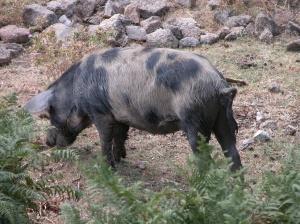words by Carol King
Europe is home to more animals that are not native to the region than previously thought according to a study released by researchers in Rome. The research also suggests that their presence presents a threat to natural ecosystems and native biodiversity.
Some 71 species of mammals including beavers and raccoons have invaded Europe since Neolithic times according to the study ‘Alien mammals in Europe: updated numbers and trends, and assessment of the effects on biodiversity’ published in ‘Integrative Zoology’.
Researchers at the Istituto Superiore per la Protezione e la Ricerca Ambientale (Institute for Environmental Protection and Research) in Rome, together with the Invasive Species Specialist group of the International Union for the Conservation of Nature based in Denmark, found that alien species account for 22.2% of the total number of mammal species in Europe.
There is concern that of the alien mammals recorded, 27 directly affect native species. The most threatening is the American mink, which affects 47 native species. Other alien species that have a major impact on natives are the feral goat, the hedgehog and the brown rat, which affect 15 species each, six of which have become critically endangered. The most common threat to endangered species is predation, competition and the damage to habit by overgrazing and/or trampling.
The study reveals that 68.2% of alien mammals cause an environmental impact or affect human activities, including health. Of these, 55.3% cause ecological impacts and 62.3% harm people’s livelihoods by damaging crops, riverbanks and livestock.
Mammal introductions in Europe have occurred since Neolithic times. The oldest known cases occurred on islands, such as the introduction of the wild boar to Sicily in the Neolithic age. Islands are also the most invaded regions in Europe, and Sardinia ranks among the top three with 21 species now established. There has also been a marked increase in the rate of invasions since the start of the 20th century.












